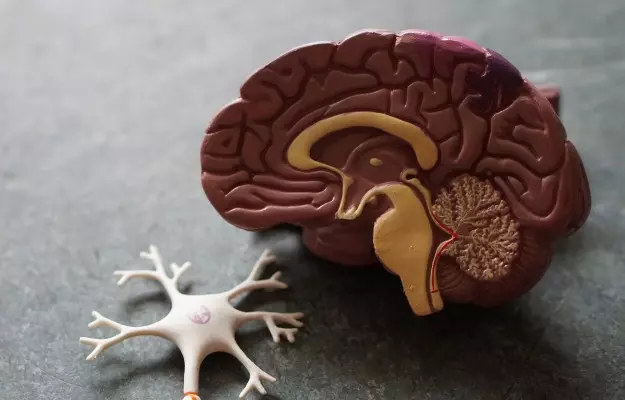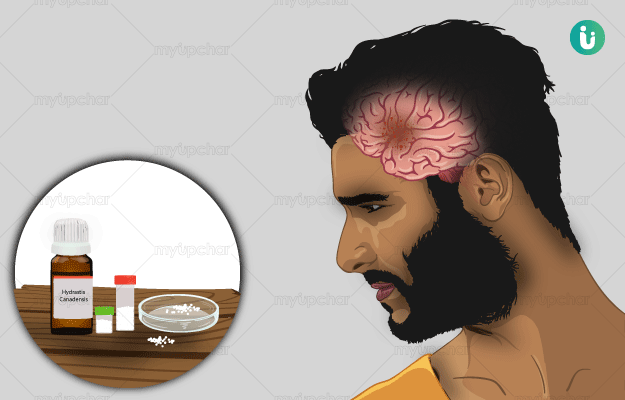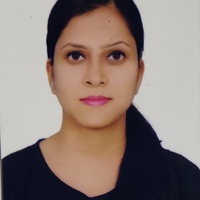The body consists of many complex organs, all of which have different cells to serve specific functions. While scientists have figured out the function of most of these cells over the years, it is said that even today, we understand only 20% of all there is to know about the brain.
Structurally, the brain is made up of many different kinds of cells—one of them being neuroglia or glial cells. These glial cells serve the function of protecting the neurons (nerve cells), bringing them nutrients and oxygen and keeping them in their place. They are also responsible for maintaining homeostasis.
Gliomas are tumours that develop in the glial cells of either the spine or the brain. Depending on where they develop, gliomas can not only affect brain function but can also be life-threatening.
Tumours of the glial cells may be of different types, based on their aggressiveness or growth potential. Though gliomas can occur in people of any age group, they are most commonly seen in adults. Since they grow within the substance of the brain and get mixed with the normal brain tissue, gliomas are also called intra-axial tumours.
Read on to know more.





































